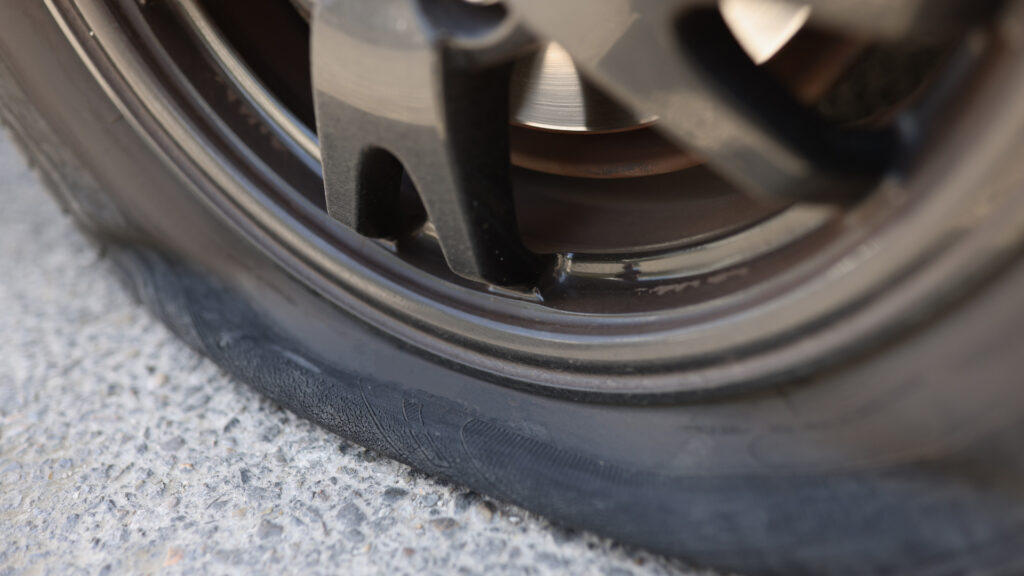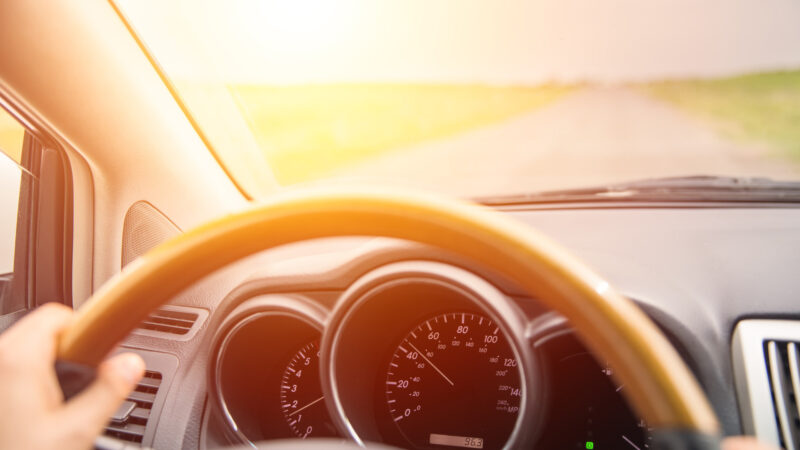Table of Contents Show
In a perfect world, every road would be flat and smooth. However, as you’re likely aware, our world is far from perfect.
Drivers should anticipate various road conditions, especially when their adventures take them off paved roads. And you might end up on a washboard road.
If you plan to explore remote areas where the pavement ends, you better know and get comfortable navigating these roads. Doing so can help you enjoy your adventures and avoid dangerous situations.
So how do you safely drive on a washboard road? Let’s learn more!
What Is a Washboard Road?
A washboard road is an unpaved driving surface, typically made from dirt or gravel, with ripples or ridges on the surface.
These roads get their name for resembling old-fashioned washboards used to wash clothes. They’re common in rural areas, national parks, and other areas with unpaved roads.
Drivers unfamiliar with these road conditions can find them challenging, especially if their vehicle has low ground clearance. They can damage a vehicle’s suspension system and other vital components. To avoid damaging your car or trailer, you must know how to drive on them.

What Makes a Washboard Road?
Washboard roads commonly happen on unpaved surfaces. Some factors that lead to ripples in the road include increased vehicular traffic, speeding drivers, heavy vehicles, and excessive moisture on the surface.
Typically, a combination of these factors over an extended time causes washboard roads to develop.
Unfortunately, fixing a washboard road can take a lot of work. It requires grading to smooth out the road surface.
Watering and adding gravel are regular maintenance tasks that must occur occasionally. Some areas limit vehicle traffic, especially heavy loads, to avoid potential issues with washboard roads.
Why Are Washboard Roads Dangerous?
Driving on a washboard road can be very dangerous, especially if they catch you off guard.
These road conditions can send vibrations throughout the vehicle and reduce traction. This can make it extremely difficult to maintain control, especially when driving fast.
Another danger of a washboard road is the damage that can occur to a vehicle. The impacts from the road surfaces can damage the suspension system, tires, and other key components.
This can lead to costly repairs and increase the risk of a mechanical breakdown, which is the last thing you want to experience in a remote or isolated area.
Tips for Driving on a Washboard Road
While driving on a washboard road can be challenging, it’s not impossible.
There’s a good chance you’ll experience these roads while driving. As a result, you need to know how to handle them if you want to get to your destination safely.
Let’s look at some tips for driving on a washboard road!
Slow Down
If you encounter one of these roads, you must first slow down. This will help you to maintain control of your car and reduce the chances of an accident or damage to your vehicle. How fast you travel will significantly depend on the road.
If you struggle to maintain control of your vehicle, or it’s an overly rough ride, you’re likely driving too fast. Slowing down may extend your drive time but helps you avoid a worse situation.
Preventing an accident or damage to your vehicle is worth being a few minutes late.
Maintain a Steady Speed
As we said, your speed will depend on the driving conditions. However, you want to maintain a steady and constant speed.
Avoid hard accelerations and braking, as these can result in you losing control of your vehicle on the unsteady road surface.
While cruise control may help you maintain a steady speed on the highway, don’t use it on these roads. The last thing you want to do as a driver is to lose control of your vehicle with cruise control activated. It could send you rocketing into a ditch or a dangerous roadside structure.
If you need to adjust your speed, do so steadily. Don’t make significant speed changes suddenly. This can help you maintain control and avoid a serious situation.
Pro Tip: Driving too fast in your rig can be dangerous! Before you get behind the wheel, make sure you understand RV tire speed ratings.
Keep a Safe Distance from Others
Anytime you deal with adverse driving conditions, like a washboard road, you must give yourself and other drivers plenty of space.
Driving on these surfaces can be challenging and cause anxiety for some drivers. You never know how you or other drivers will respond to the unpredictability of these roads.
Additionally, your stopping distance will drastically increase compared to when driving on paved surfaces. You can’t always stop quickly on a washboard road, especially in a large vehicle or towing a trailer.
While you typically give two or three car lengths between you and other vehicles, you’ll likely want to increase that distance when on a washboard road.
Do yourself and other drivers a favor, give them space, and adjust your speed to accommodate them.
Air Down Your Tires
Airing down tires is rather common in the off-roading community. This helps improve traction, provide a smoother ride, and reduce damage to the vehicle.
Many frequently driving in these less-than-ideal road conditions carry tire deflators on their keychains or glove boxes. This allows them to quickly and accurately adjust the air in their tires based on the circumstances.
However, if you go this route, it’s important to put air back into your tires as soon as it’s safe. Low air pressure in your tires can reduce stability and increase the wear on your tires.
You risk seriously damaging your tires and potentially experiencing a blowout when driving on paved roads with low tire pressure.

Use 4WD
If you’re driving a vehicle with four-wheel drive (4WD) capabilities, it can help on a washboard road.
A vehicle’s 4WD can help provide better traction, especially when driving uphill or on steep inclines. Like driving on snow, 4WD can help in some circumstances. However, it’s not necessarily always the best option.
It won’t do much to help with handling and stability. You’ll still need to reduce speed to accommodate the unstable conditions. If you’re unfamiliar with using 4WD or its benefits, this likely isn’t the best time to test them out.
Keep in Mind: Have you driven on the most dangerous road in the United States? Click the link to find out!

Stay Safe While Driving on Bumpy Washboard Roads
Driving on bumpy washboard roads can be challenging and slightly intimidating. However, following the tips we’ve shared today, you can likely handle them easily.
The biggest thing you need to do is to reduce your speed so you can maintain control of your vehicle. Often this simple act of letting off the accelerator is enough to keep you and your vehicle safe on washboard roads.







Another thing leading to the development of washboard roads is that when they are graded, the grader operator may be traveling at too high a speed, and the grader kind-of bounces up and down, creating the high and low spots in the road.